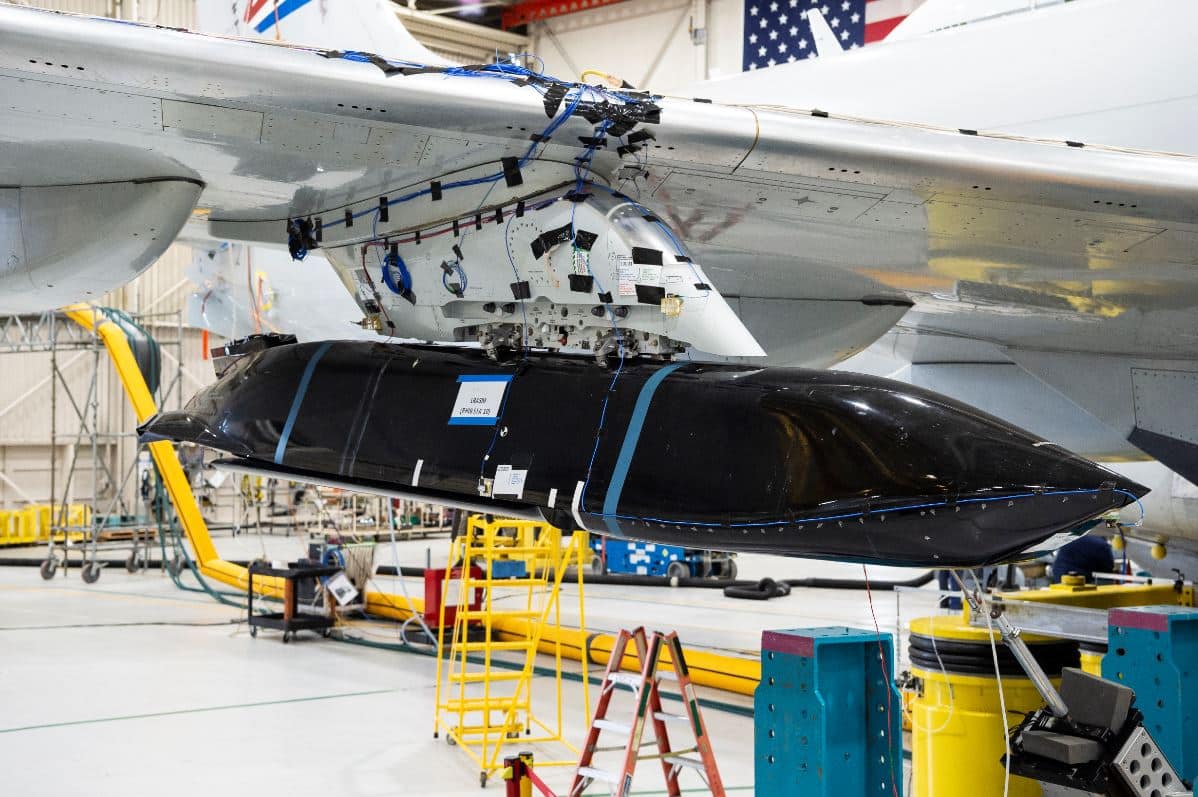SOURCE: AFI

Lockheed Martin’s recent successful test launch of four Long Range Anti-Ship Missiles (LRASM) has reignited discussions about the potential integration of this weapon system with India’s P-8I fleet. Here’s how LRSAM could revolutionize the capabilities of these potent anti-submarine warfare (ASW) aircraft.
The Indian Navy operates a formidable fleet of 12 P-8I aircraft, manufactured by Boeing. These multi-mission maritime patrol aircraft are renowned for their Advanced sensors and weapon systems allow them to detect, classify, and track submarines. P-8Is can gather valuable electronic intelligence (ELINT) and communications intelligence (COMINT).
With a long range (classified) and high-precision targeting capabilities, the LRSAM allows P-8I aircraft to engage enemy ships from a safe distance, minimizing their exposure to threats. The successful test firing of four missiles demonstrates the LRSAM’s ability to overwhelm enemy defenses with a coordinated saturation attack.
The LRSAM integration will equip the P-8I for a broader range of missions beyond traditional patrol duties. The P-8I can now effectively function as a long-range anti-ship missile platform. A P-8I fleet armed with LRSAMs strengthens India’s naval deterrence capabilities, posing a significant threat to potential adversaries in the region.
The LRSAM’s dimensions (14ft length, 25in width, 18in height, 8ft 10in wingspan) and weight (approximately 2,760 lbs) suggest potential compatibility with the P-8I’s internal weapons bays or underwing hardpoints.
The LRSAM’s potential integration with the P-8I fleet promises to significantly enhance the Indian Navy’s anti-ship warfare capabilities. This combination offers a powerful force multiplier, allowing for long-range, coordinated strikes against enemy naval threats.